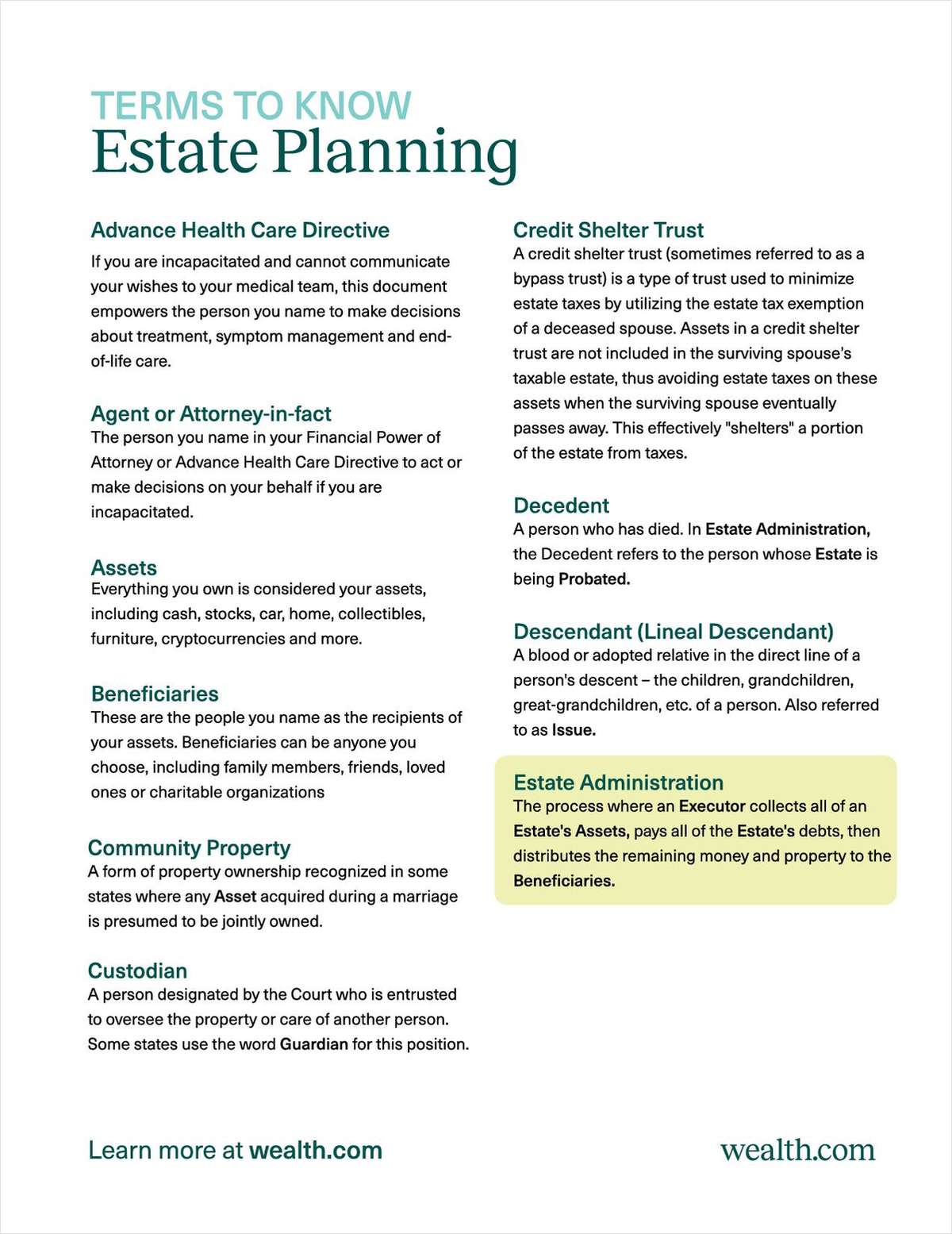Today's brokers are at a crossroads. The proliferation of both public and private exchanges, as well as availability of sophisticated decision support tools and a plethora of information available online, all seemingly diminish the importance of brokers.
But in practice, individuals and employers find themselves increasingly in need of guidance from health insurance experts to ensure that they are compliant with rapidly evolving health reform and tax regulations and that they understand their options.
These new demands mean that the era of traditional broker services is over; brokers must push their counsel beyond old boundaries to offer advice across new disciplines. In light of that reality, a new form of broker is emerging – one dedicated to strategic partnerships with businesses that touch on legal, technology, employee wellness and other issues.



